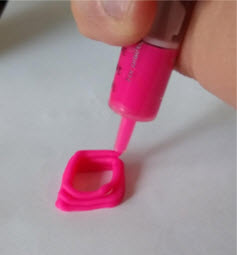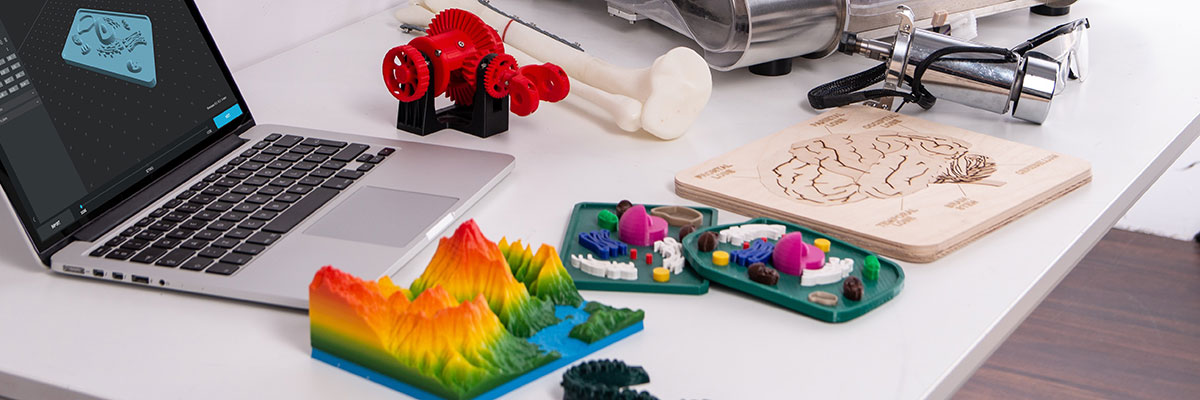At Home Instructions
Segment 1: Design an enrichment tool to help a research animal
In this activity, you will be working on designing an enrichment tool for a mouse. As Sarah mentioned in the video, mice are social, enjoy puzzles and challenges, and it is part of their natural behavior to burrow and hide to feel safe. Can you think of an object that we could place in the cage of a research mouse to make their experience more enriching?
Next, go to Tinkercad.
Once you create a personal account, you will have access to Tinkercad’s tutorials. Once you’re feeling ready to start your project, click “Create New Design” and get started making your object to enrich the environment of a mouse in a research cage! Be creative and remember, mice in the wild like to:
- Burrow
- Be rewarded with food after searching
- Hide
- Climb on objects
Did you make an amazing enrichment design? Email the file to vblair@morgridge.org so we can decide if we should 3D print it to place in a research animal’s cage!
Segment 2: How does a 3D printer work?
To explore how you can be like a 3D printer at home, try out this activity:
Materials:
- Plastic syringe (3ml to 5 ml size will work best)
- Non toxic dough, like Playdoh
- Piece of paper
- Piece of wax paper or parchment paper
- Other surfaces
- 3D printers extrude (or push out) a material.
- Holding the syringe upright, with the tip of the syringe just barely touching the surface of the paper, push on the syringe to extrude a small amount of dough.

- 3D printers use “additive manufacturing” to build up a design, layer upon layer. This is similar to how you build with Lego-like bricks. You add bricks until you have completed your design. (Wood carving is an example of subtractive manufacturing – a process of removing materials until you complete the design).
- Practice now extruding one layer of dough and then adding a second, third, and fourth layer of dough to it.

- 3D printers don’t make decisions as they print, they follow instructions from a file made on a computer, translated from designs made in programs like Tinkercad. For this activity, decide what to make using your syringe and dough. How big will it be? How many layers high?
- Begin to create your design. Try to stick to the design you planned in your head before you started!
- Is the design sticking well to the paper? Or not? This is a common thing to troubleshoot with 3D printers, as well! Try other materials like parchment paper, or painters tape.
- Is dough the best material for building in this way? What challenges are you facing as you extrude dough? What would be an ideal material to build a design with a 3D printer?
- 3D printers often use melted plastic. It heats up a plastic filament until it’s melted and then extrudes it onto the platform. The plastic cools and hardens and makes a firm material to place the next layer of melted plastic.
To continue to explore how 3D printers work, check out these 3D printing pens! They melt and extrude plastic filament, just like 3D printers do. A variety of 3D printing pens are available online. Please get permission from a responsible adult before using.
3Doodler is one option.





